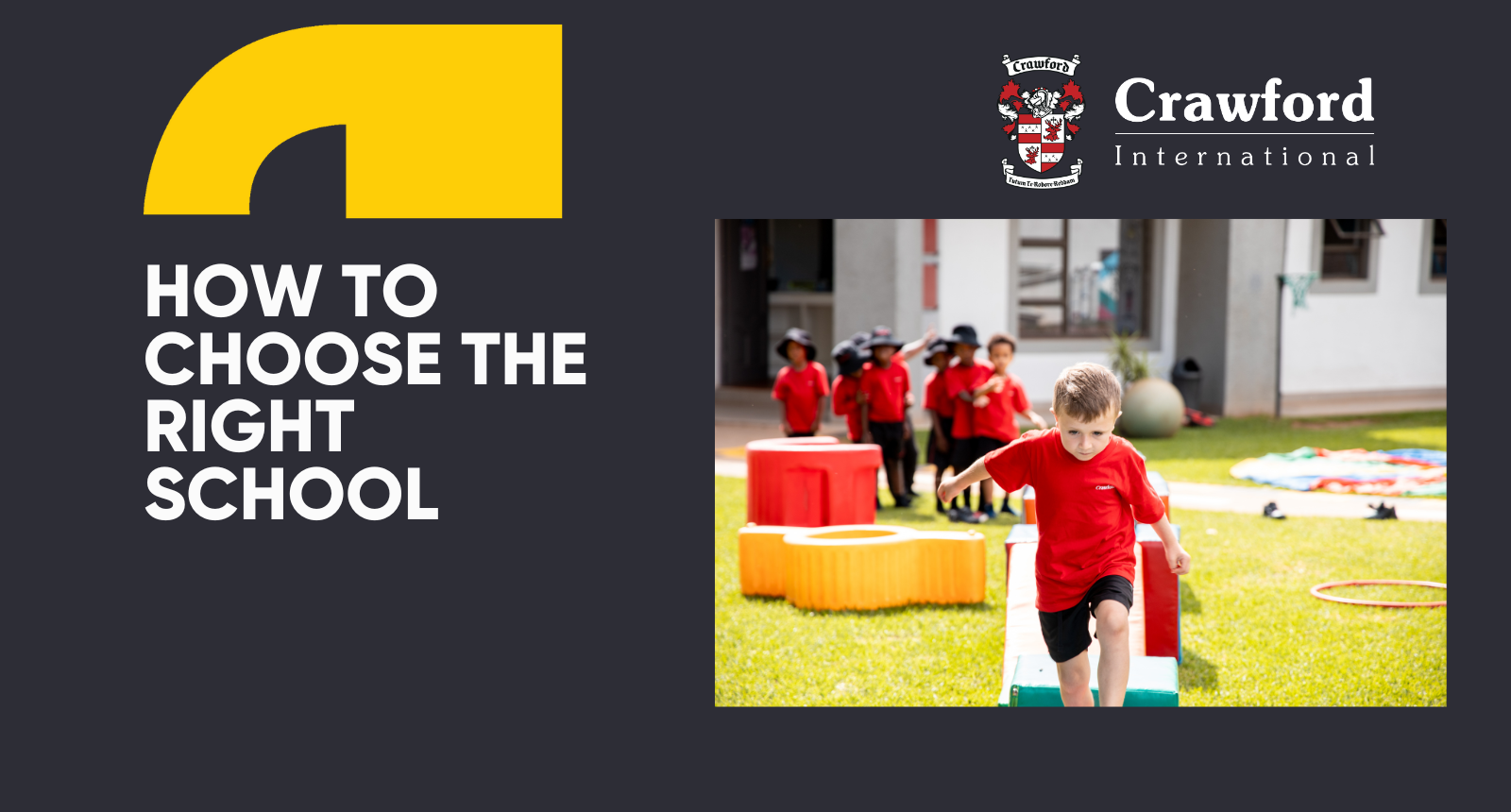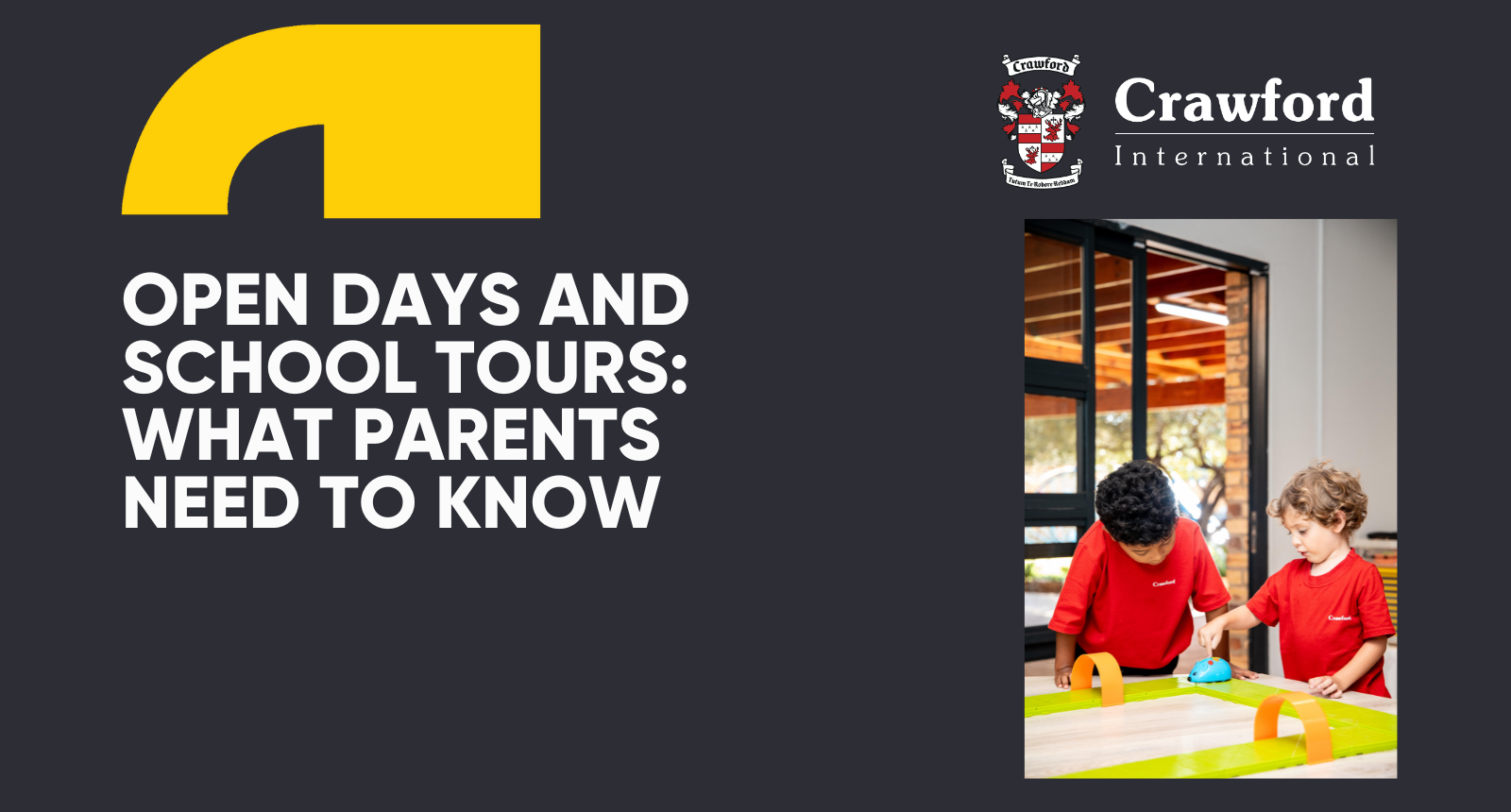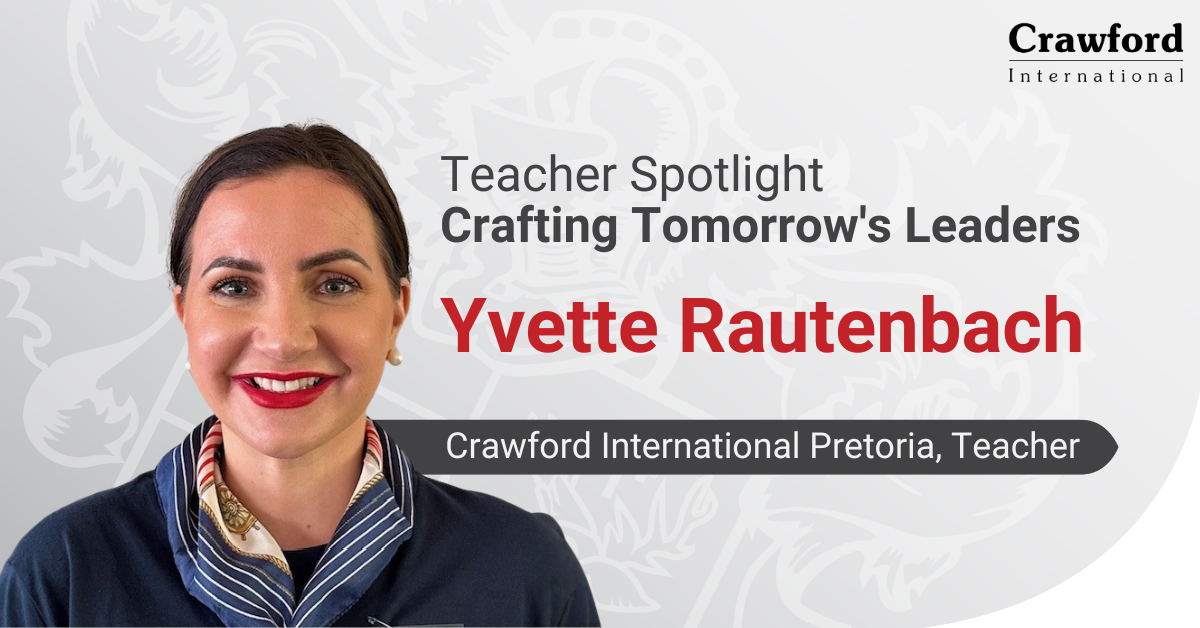Effective Communication Strategies for Phlegmatic Children
June 28, 2024
Effective Communication Strategies for Phlegmatic Children
What is the Phlegmatic Personality?
Phlegmatic children are often characterised by their calm, easy-going nature, and tendency to avoid conflict. They typically exhibit a quiet demeanour, are deeply loyal, and prefer harmonious environments. While these traits make phlegmatic children wonderful companions, they can sometimes be misunderstood or overlooked in more dynamic settings. Effective communication strategies tailored to their unique temperament can help parents and caregivers connect with them more deeply and support their growth and well-being.
Understanding Phlegmatic Children
Phlegmatic children are naturally peaceful and steady, often content with a consistent routine and resistant to change. They might be slower to warm up in social settings and may need more time to process information and articulate their thoughts. This temperament values stability and often avoids confrontation, which can sometimes be mistaken for a lack of interest or motivation.
Phlegmatic children thrive in environments where they feel secure and respected. They benefit greatly from a calm, patient approach that respects their pace and gently encourages them to express themselves and engage with the world.
5 Effective Communication Strategies
1. Create a Calm and Supportive Environment
Phlegmatic children respond well to a serene and predictable atmosphere. Avoiding loud, chaotic settings and providing a quiet space where they can reflect and relax helps them feel safe and comfortable. Maintaining a routine can also provide the stability they need to feel secure.
2. Use Gentle Encouragement
These children may need encouragement to step out of their comfort zones. Using a soft, encouraging tone and providing reassurance can help them feel more confident in trying new activities or expressing their thoughts.
Encourage their interests gently, without pressure, to help them explore and develop new skills at their own pace.
3. Practise Active Listening
When communicating with phlegmatic children, it is crucial to listen attentively and validate their feelings. Showing empathy and understanding encourages them to open up and share more freely.
Reflect back what they say to show that you are listening and understanding their perspective, which helps build trust and connection.
4. Be Patient and Give Them Time
Phlegmatic children often need more time to process information and respond. Avoid rushing them or pressing for immediate answers. Instead, give them the time they need to think things through.
Be patient and let them express themselves in their own way and time, which fosters a sense of respect and understanding.
5. Use Positive Reinforcement
Recognise and praise their efforts and accomplishments, no matter how small. Positive reinforcement helps build their self-esteem and encourages them to continue engaging and trying new things.
Celebrate their unique strengths and contributions, which helps them feel valued and appreciated.
Tips for Parents with a Phlegmatic Child
- Encourage Open Communication
- Build a Consistent Routine
- Model Calm Behaviour
- Offer Choices and Respect Their Pace
- Encourage Social Skills Gradually
Phlegmatic children bring a gentle, peaceful presence to the world. By understanding their unique temperament and employing communication strategies that respect their nature, parents and caregivers can help them thrive. With patience, empathy, and support, phlegmatic children can develop the confidence to express themselves and engage meaningfully with those around them.
Remember, every child is a unique masterpiece, and what works for one might not work for another. The key is to be patient, stay flexible, and keep the lines of communication open. By doing so, you will create a nurturing environment where your phlegmatic child can flourish.












